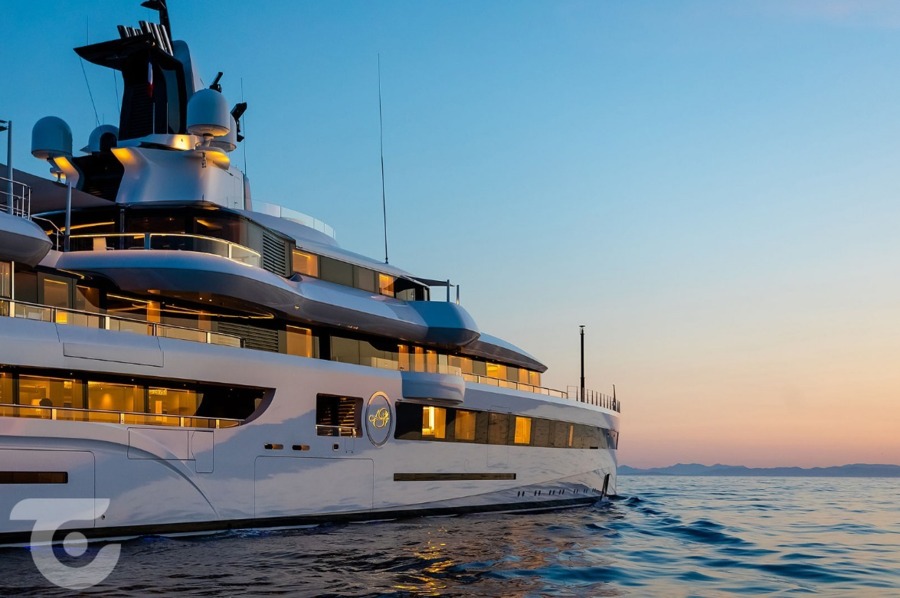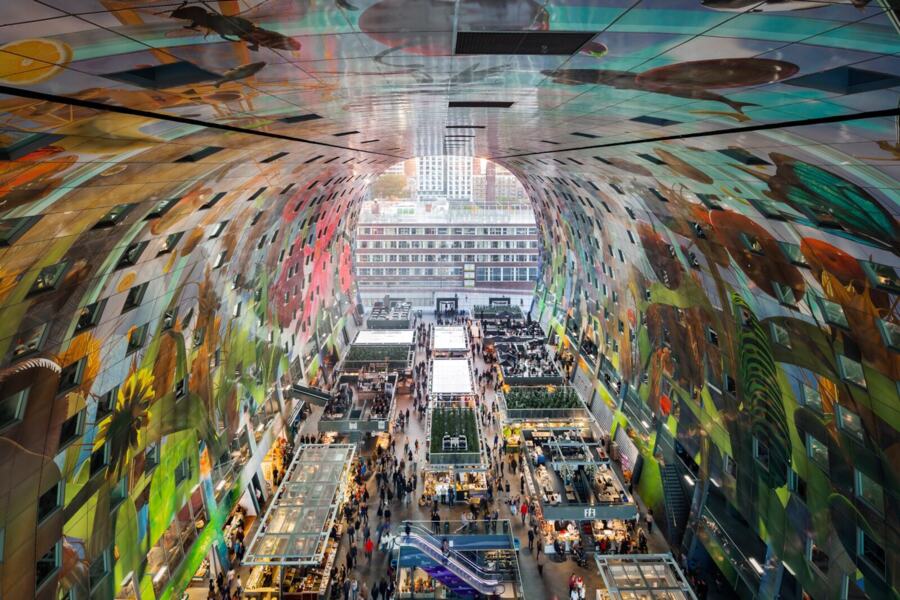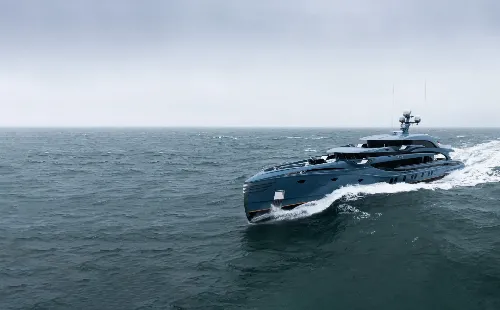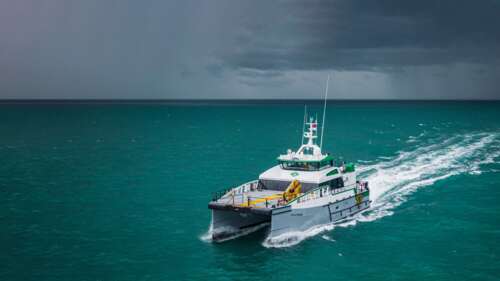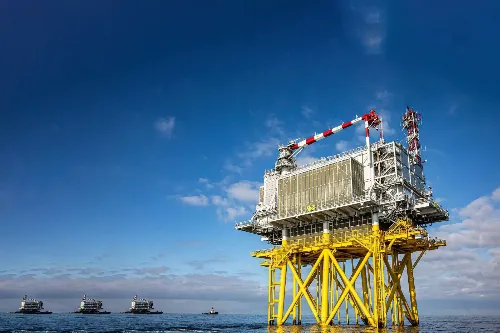When we think of Rotterdam Harbour, we usually envision a bustling hub of maritime activity and trade.However, we often overlook the multiple technological innovations that have played a critical role in ensuring the efficiency, competitiveness, and sustainability of one of the world's largest and busiest ports.
We would like to dive into the fascinating world of Rotterdam Harbour's technological evolution and explore the game-changing advancements that have shaped it into the modern hub it is today.
1. Automated Container Handling
Rotterdam Harbour boasts a fleet of colossal container ships, and handling them requires more than just brute force. One of the most significant technological advances in recent years is the development of automated container handling systems. These colossal cranes operate with unmatched precision, lifting and stacking containers like a giant game of Tetris. Automation streamlines operations, reduces human error, and dramatically increases efficiency, ensuring the quick turnaround of ships, and a seamless flow of goods.
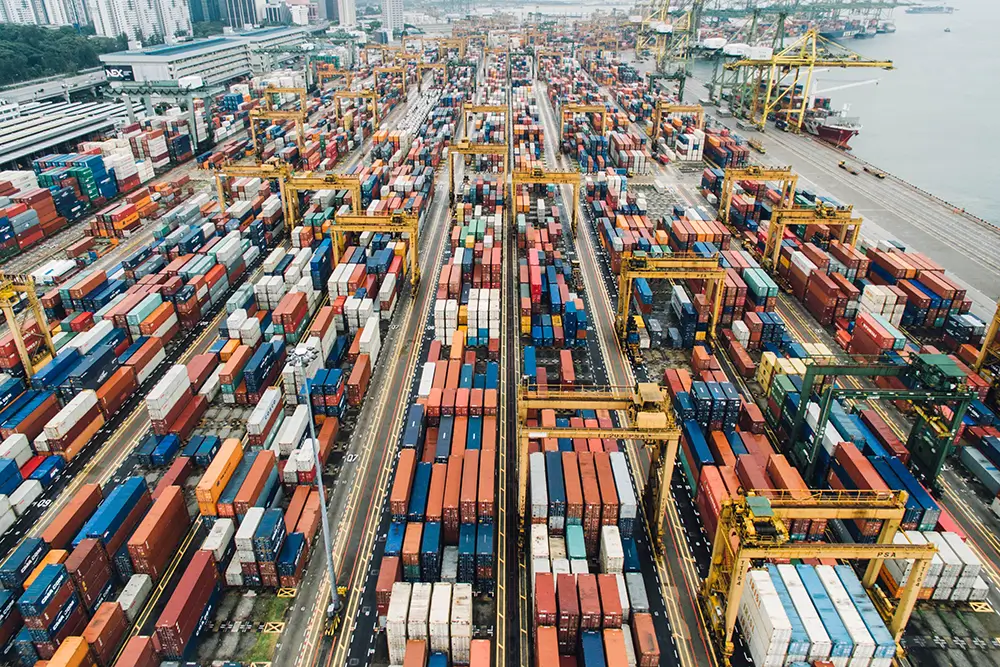
2. Smart Port Technology
The data-driven revolution has left no industry untouched, and Rotterdam Harbour is no exception. Smart port technology has ushered in a new era of data management, where sensors, cameras, and real-time analytics collect and process vast amounts of information. This data guides decision-making, helping to optimize everything from ship traffic to energy consumption. With predictive maintenance and resource allocation, the harbor runs more smoothly than ever before.
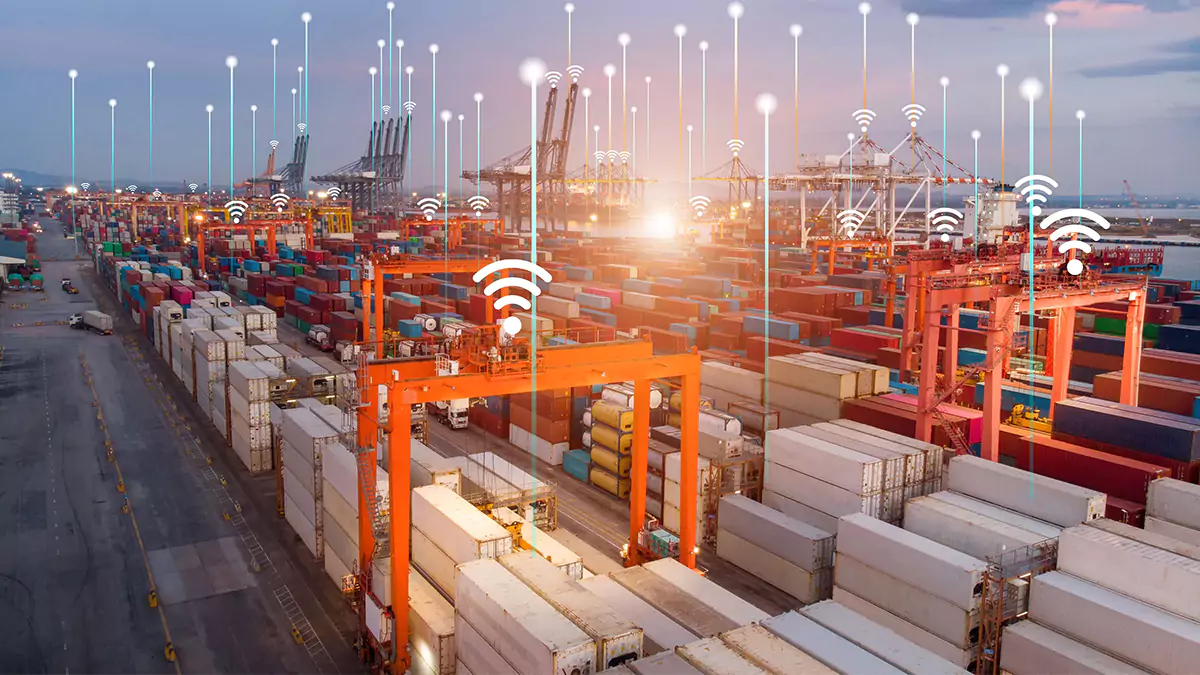
3. Dredging and Deepening
To accommodate the largest container ships and ensure the port's competitiveness, Rotterdam Harbour underwent an impressive transformation beneath the surface. Dredging, a technology that dates back centuries, has been utilized with modern precision. Sophisticated equipment removes sediment and deepens the harbor's waters, making it possible for these behemoth ships to navigate the port with ease. This advancement keeps Rotterdam Harbour at the forefront of global maritime trade.
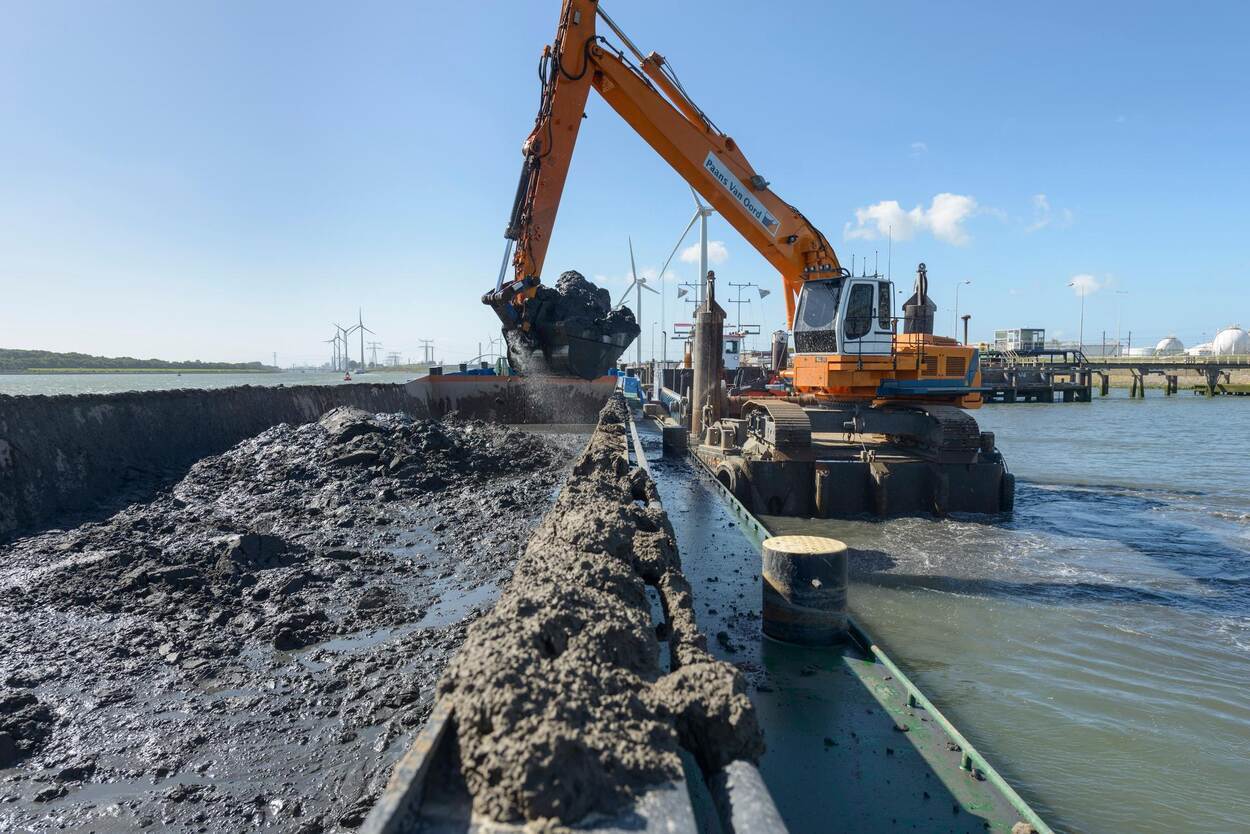
4. Automated Guided Vehicles (AGVs)
It's not just the cranes that have become automated; Rotterdam Harbour also employs Automated Guided Vehicles (AGVs) to transport containers around the port. These driverless vehicles, guided by a combination of GPS and sensors, reduce the need for human intervention. The result? An intricate dance of machines moving goods around the harbor with unparalleled precision and efficiency.
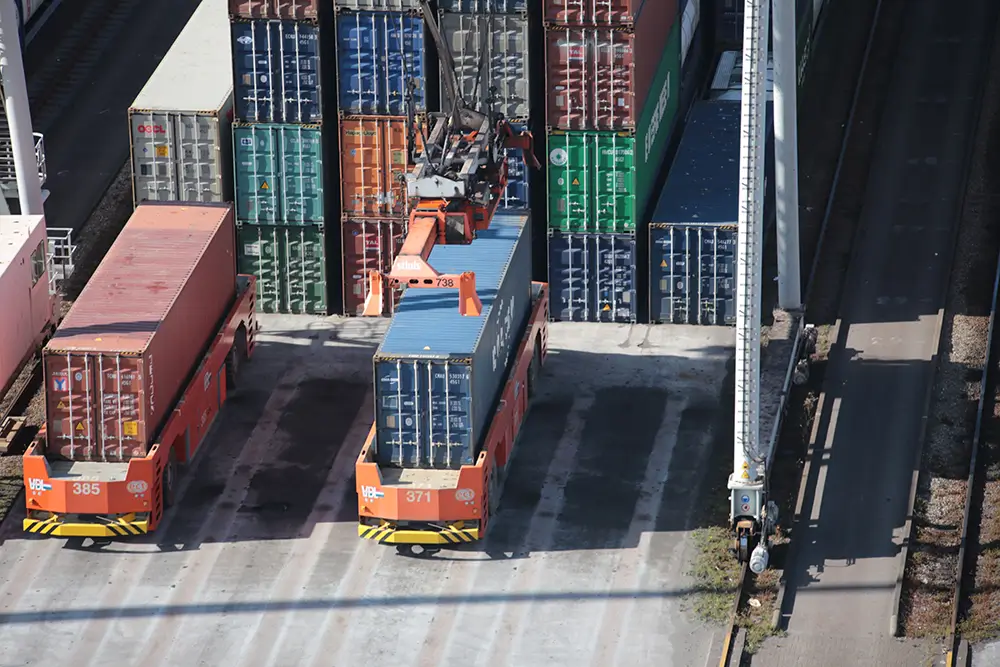
5. Next stop: Autonomous Shipping
The harbor's technological evolution is far from over. Autonomous ships are on the horizon, poised to revolutionize the maritime industry. Rotterdam is actively exploring this technology to increase safety and efficiency. With AI-driven navigation systems and remote monitoring, these vessels could potentially reduce the risk of human error and optimize cargo transport.
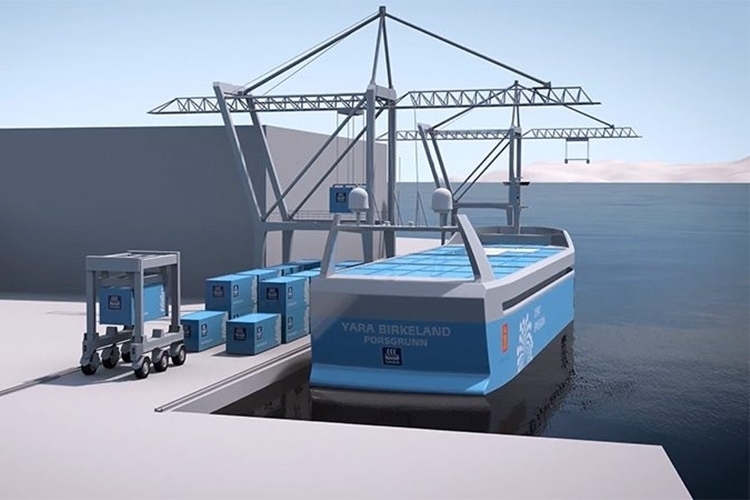
Image Source: Yara Birkeland
Rotterdam Harbour's technological evolution has been nothing short of awe-inspiring. The advancements in automation, data management, sustainable energy, and dredging have transformed this historic port into a modern marvel. As it continues to adapt and innovate, Rotterdam Harbour remains at the forefront of global trade, setting the bar for the future of maritime technology.
The next time you see a massive container ship gracefully navigating the waters of Rotterdam, remember incredible technology that makes it all possible. Rotterdam Harbour is a testament to the power of innovation, constantly pushing the boundaries of what's possible in the world of maritime trade.
Would you like to pay a visit to Rotterdam city? How about you check out our previous blog on things to do in Rotterdam?
